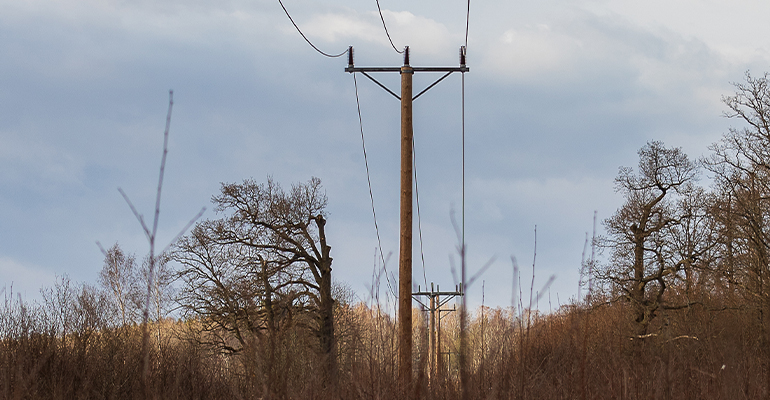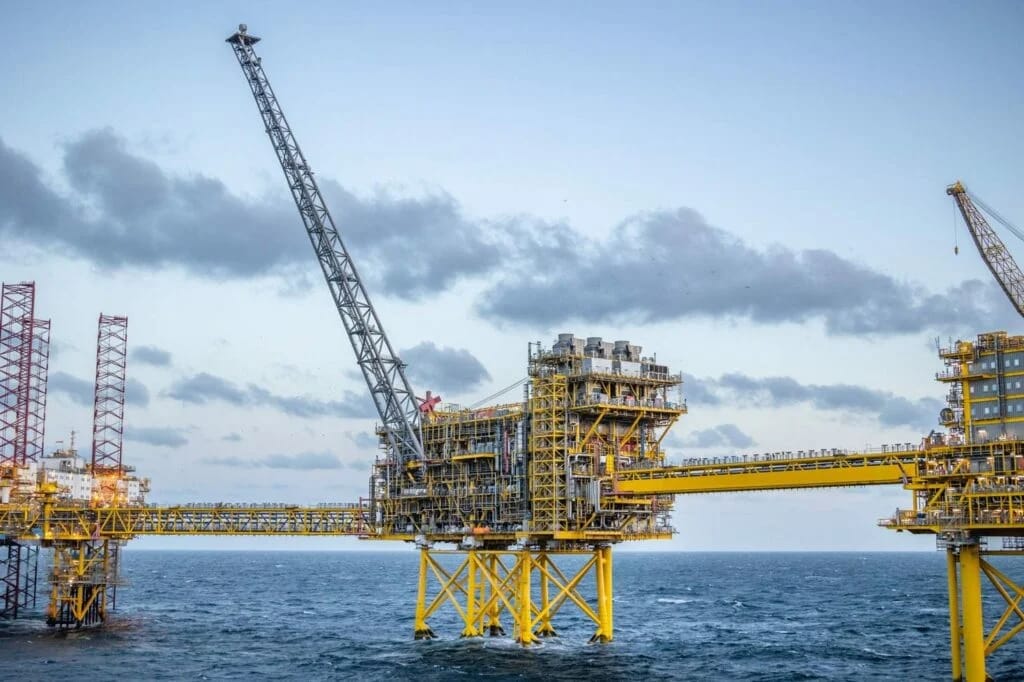ESA’s Biomass satellite launches
The European Space Agency (ESA) groundbreaking Biomass satellite, designed to provide unprecedented insights into the world’s forests and their crucial role in Earth’s carbon cycle, has been launched. The satellite lifted off aboard a Vega-C rocket from Europe’s Spaceport in Kourou, French Guiana, on 29 April at 11:15 CEST.

Less than an hour after launch, Biomass separated from the rocket’s upper stage. At 12:28 CEST, the satellite controllers at ESA’s European Space Operations Centre in Germany received the all-important first signal, relayed via the Troll ground station in Antarctica, that Biomass is working as expected in orbit.

Controllers will spend the coming days carrying out the ‘launch and early orbit’ phase, meticulously verifying that all systems are functioning correctly.
This critical phase also involves a series of intricate manoeuvres to deploy the satellite’s 12-metre-wide mesh reflector supported by a 7.5-metre boom.
Once this phase is complete, the Biomass satellite will join the portfolio of pioneering missions operated from ESA’s mission control centre.
I’d like to extend my congratulations to everyone who has been involved in developing and launching this extraordinary mission. Biomass now joins our esteemed family of Earth Explorers – missions that have consistently delivered groundbreaking discoveries and advanced scientific understanding of our planet. With Biomass, we are poised to gain vital new data on how much carbon is stored in the world’s forests, helping to fill key gaps in our knowledge of the carbon cycle and, ultimately, Earth’s climate system, said Simonetta Cheli, Director of Earth Observation Programmes at ESA.
Breakthrough data capture technology
Forests play a vital role in Earth’s carbon cycle by absorbing and storing large amounts of carbon dioxide (CO2), helping to regulate the planet’s temperature.
Often called ‘Earth’s green lungs’, they absorb around 8 billion tonnes of CO2 annually. However, deforestation and degradation – especially in tropical regions – are releasing stored carbon back into the atmosphere, worsening climate change.
A major challenge for scientists and policymakers is the lack of accurate data on how much carbon forests store and how these stocks are changing owing to factors such as rising temperatures, increasing atmospheric CO2 levels, and human-driven land-use changes.
Developed by over 50 companies led by Airbus UK, ESA’s Biomass forest mission uses advanced space technology to provide new data on forests and their changes, enhancing understanding of forests’ roles in the carbon cycle and climate.
Carrying the first P-band synthetic aperture radar in space, this penetrates clouds and forest layers, scattering signals off forest elements. These signals reveal details like forest biomass and height.
Biomass data will improve knowledge of habitat loss and its effects on biodiversity. The mission also enables the mapping of subsurface geology in deserts, ice sheet structures, and forest floor topography.
What's Your Reaction?


















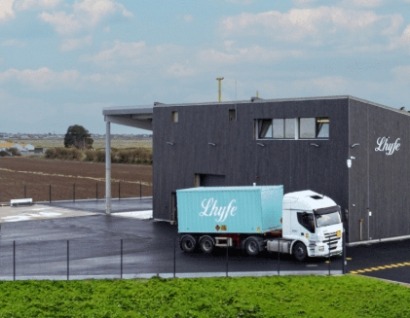


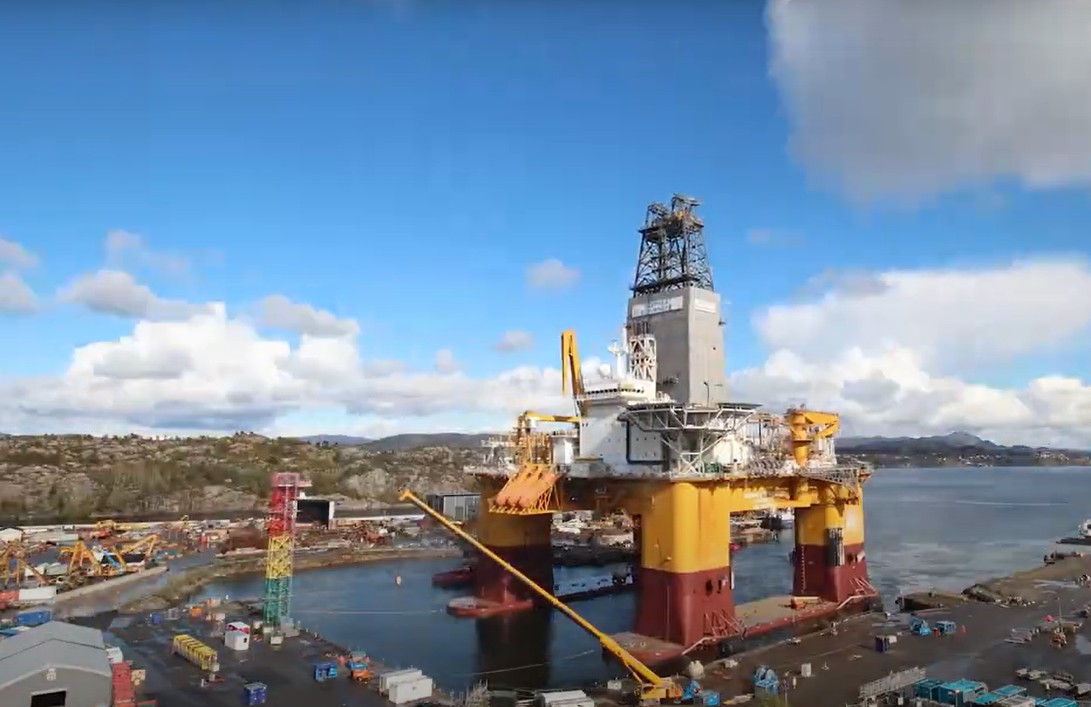
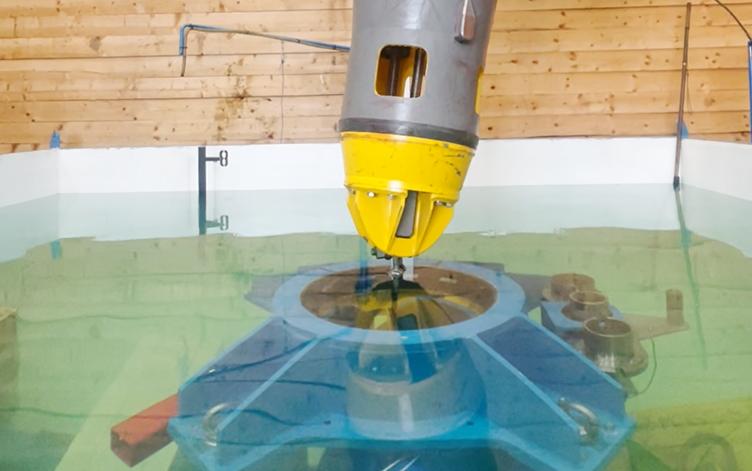

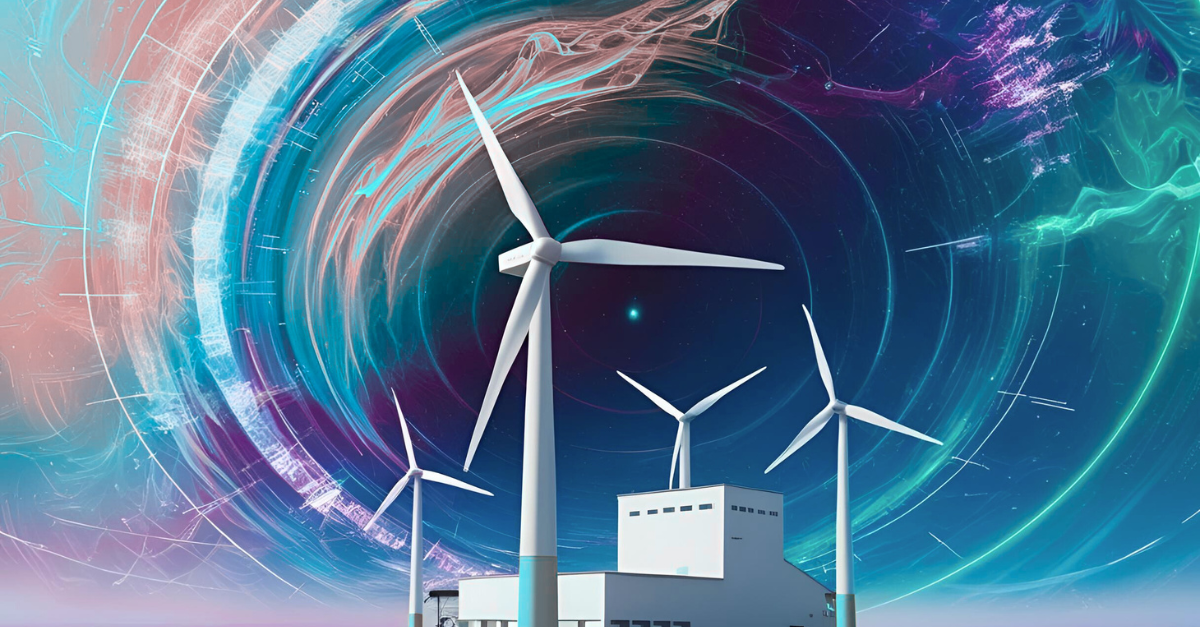

![[Upcoming Webinar] Addressing the Wind Industry's €25 Billion Annual Wake Loss Problem](https://www.windesco.com/hubfs/Swarm%20webinar%20cover%20image.png)





